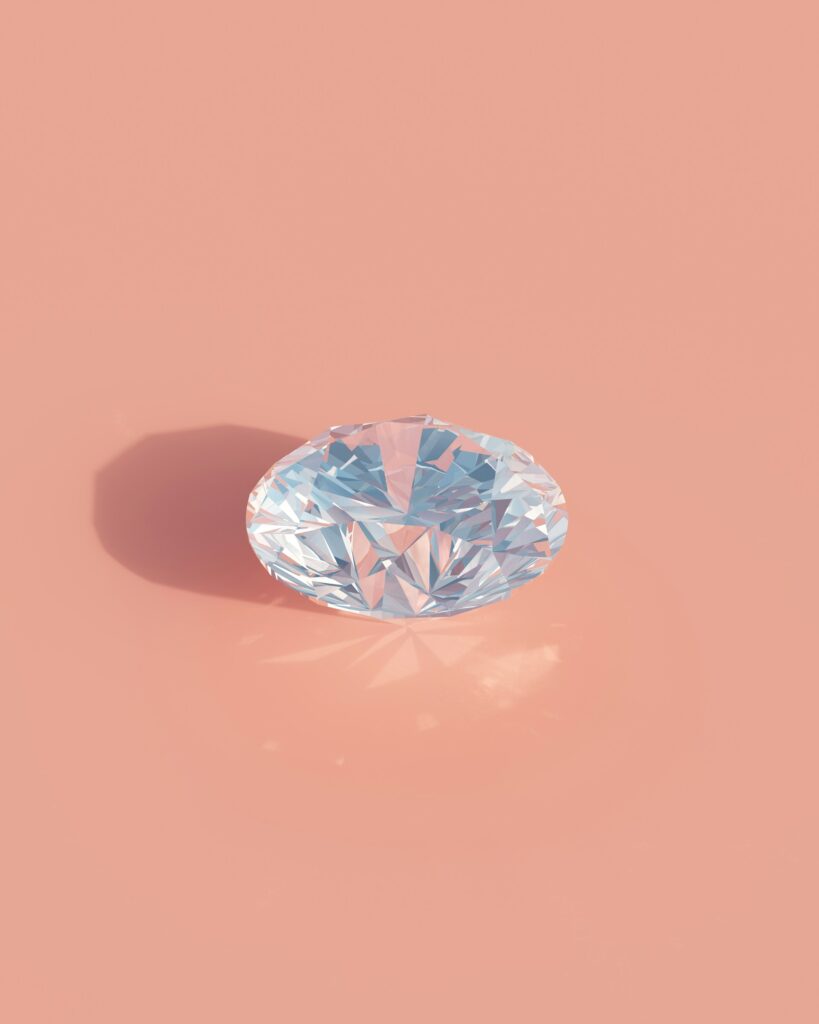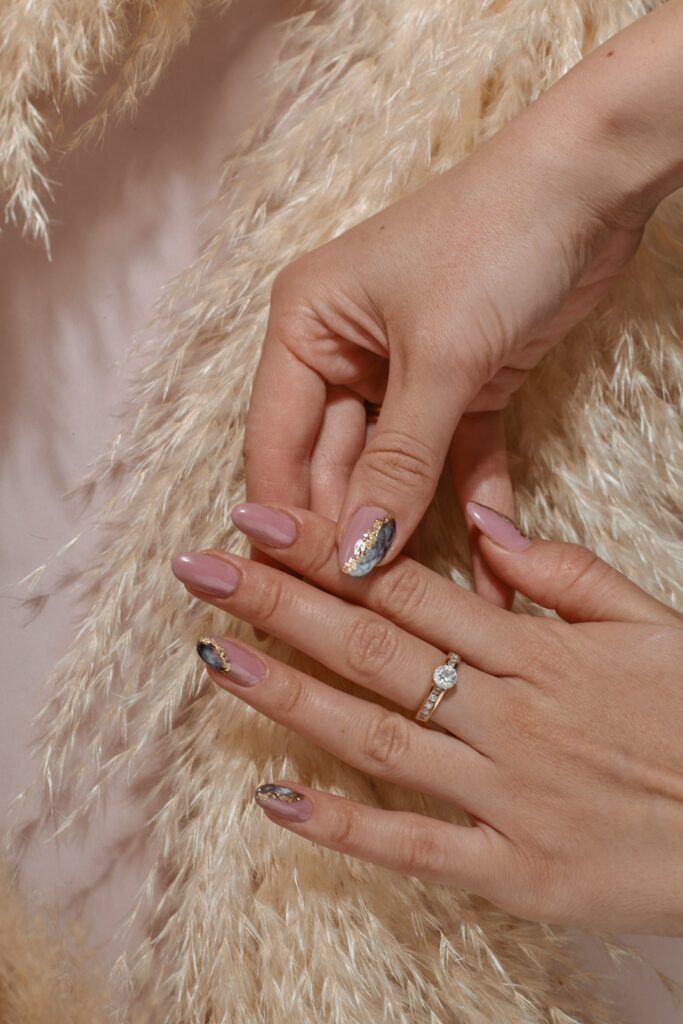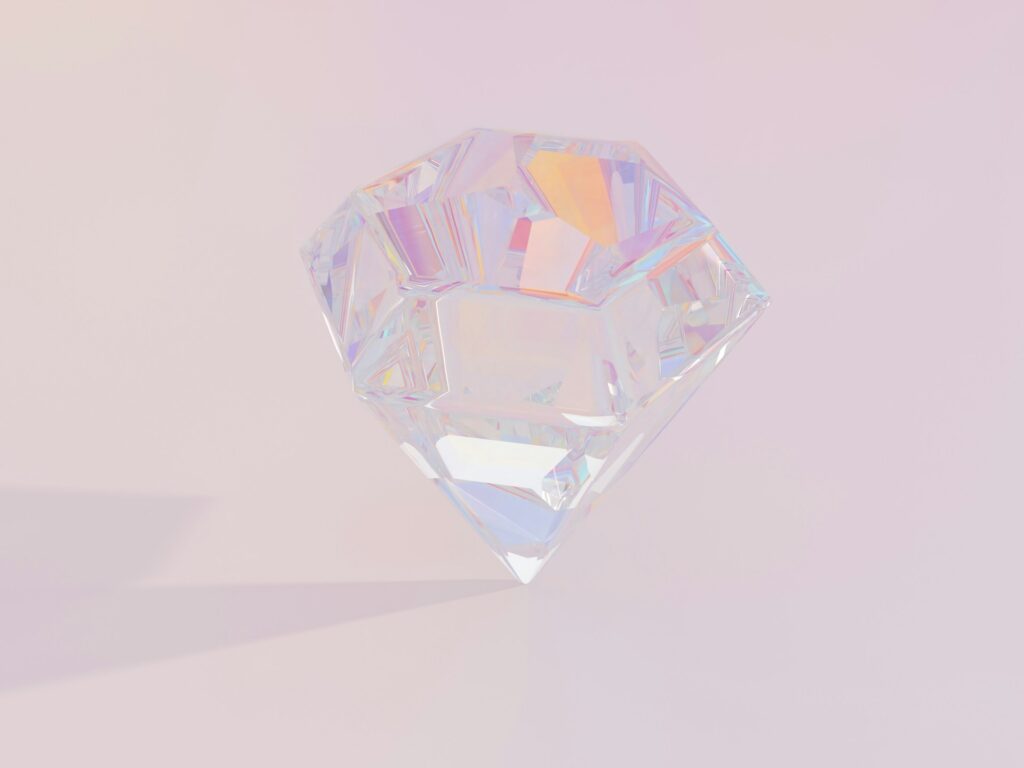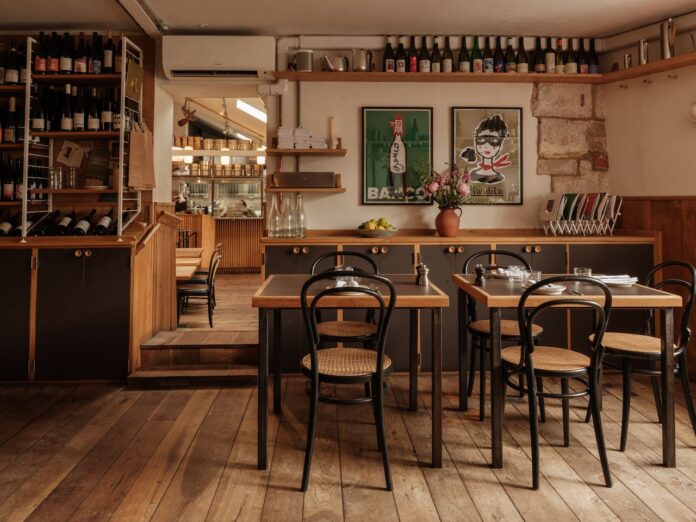Choosing a good diamond is hard enough. But what if you want only the absolute best diamond for your engagement ring, investment piece or personal indulgence? When you find a diamond of real quality, they really are a best friend.
But how do you go about sorting the absolute cream of the crop when the gradations between a great diamond, a good one and one that’s distinctly average are already so hard to distinguish?
As with choosing any diamond, the answer is rather prosaic and dull, relying on science and technology, the authority of institutions and the dealer and buyer being prepared to follow the correct, legitimate steps. Back alley deals and the potential for unexpectedly stumbling across rare treasure on the cheap is a romantic notion, sure, but it will very rarely get you the amazing diamond you were hoping for.
An adventure, yes – but probably at the cost of your savings. Instead, here’s the boring way to do things; these key factors to consider then choosing a diamond engagement ring.
The Kimberley Process
The best of the best, of course, should always also mean the most ethical. The Kimberley Process (KP) and their Kimberley Process Certification Scheme (KPCS) is an international certification scheme that regulates trade in rough diamonds. The scheme intends to ‘’unites administrations, civil societies, and industry in reducing the flow of conflict diamonds – ‘rough diamonds used to finance wars against governments’ – around the world’’.
The organisation are doing fantastic work in making sure the diamond trade is as ethical as possible, and incredibly, today, a whopping 99.8% of the global production of diamonds is covered by KP members. Should you see KPCS on your shipment or purchase, you can rest assured that the rough diamond you’re buying was mined, sorted and shipped in a ‘conflict free’ way.

Best Of The Best Certificates
You will know your diamond is a good one if it has top ratings from the world’s two principal diamond authentication bodies, namely AGS (American Gem Society) and GIA (Gemological Institute of America).
Stones carrying this authentication are generally recognised as being especially large, and are rated highly because of their purity and colour, not to mention the exquisite cut.
In fact, many of these stones will actually have their certification number laser etched onto the girdle of the stone; the narrow band at the point where the outward lines stop and come inward again. Rest assured, it’s tiny – and thus, the lettering is minute, too. But it is there, and any jeweller should easily be able to find it and show you, under a good light and a minimum of 10x magnification.
The Four Cs
While good diamonds can be obtained with a little leeway on one or more of the Four Cs, a top-quality diamond should tick all four boxes, simultaneously and confidently.
The 4C’s — cut, colour, clarity and carat — is the grading system used to assess the quality of a diamond and determine its price. For example, colour refers to the absence of any shade within a stone, as a chemically pure and structurally perfect diamond is as clear and colourless as a drop of water. Its high price will reflect that.
The cut, meanwhile, reflects its sparkle, which is based on how well the facets of a diamond interact with light. On top of that, clarity concerns the diamond’s natural inclusions and blemishes, both of which affect the overall appearance of a stone. Finally, a diamond’s carat is how much it weighs — the higher the carat, the higher the price.
All 4 Cs should be of premium quality if you’re hoping to secure the very best diamond you can find.

A Cut Above
According to Diamond Expert, another signifier of a top quality diamond is found in a particular type; the A CUT ABOVE® Diamonds from Whiteflash, a proud member of the American Gem Society specialising in “Ideal Diamonds’ and Designer Engagement rings, which ‘ bits “the bullseye of AGS and GIA cut standards”.
The Diamond Experts go on to say that “Whiteflash stand out for their collection of super-ideal cut diamonds, specifically their in-house A CUT ABOVE® Diamonds; these diamonds go through the most rigorous testing and must meet exacting standards in order to receive the esteemed A CUT ABOVE® title”.
Indeed, without wishing to throw more superlatives at you, these diamonds are considered to be the “super ideal” of diamonds within the market.
Let’s break this down. A Cut Above diamonds literally means that they are a cut above the rest of the commercial diamonds for sale, and also a rather obvious pun on the craftsmanship that has shaped the stone!
Experts around the world consider them to be the finest diamonds out. According to Diamond Buying Advice Guide “Whiteflash now offers more in-house AGS certified Ideal Cut diamonds than any other retailer, owning and stocking the diamonds in three in-house categories: A CUT ABOVE®, Expert Selection, and Premium Select (GIAgraded)”.
We can’t argue with that.


Diamond Shapes
When it comes to choosing a diamond, the shape is a crucial factor that can significantly influence the overall appearance and style of your jewellery. Each shape has its unique charm and characteristics, making it essential to select one that resonates with your personal taste and the occasion. Here are some of the most popular diamond shapes to consider:
Round Brilliant
The round brilliant cut is the most popular and widely recognised diamond shape. Known for its exceptional sparkle and classic appeal, this shape is a timeless choice for engagement rings and other fine jewellery. Its 58 facets are precisely cut to maximise light reflection, ensuring a dazzling display of brilliance.

Princess Cut
The princess cut is a modern and elegant choice, featuring a square or rectangular shape with pointed corners. This shape is renowned for its contemporary look and excellent light performance, making it a favourite for those seeking a blend of tradition and modernity.
Emerald Cut
The emerald cut is distinguished by its rectangular shape and step-cut facets, which create a unique hall-of-mirrors effect. This shape is perfect for those who appreciate understated elegance and a vintage-inspired aesthetic. Its large, open table also highlights the diamond’s clarity.
Cushion Cut
The cushion cut, also known as the pillow cut, combines a square shape with rounded corners, giving it a soft and romantic appearance. This shape has a vintage charm and offers a brilliant sparkle, making it a popular choice for those who love a blend of old-world elegance and modern sophistication.
Oval Diamond
For those seeking a diamond that exudes both elegance and versatility, a timeless oval diamond is an excellent choice. The oval shape elongates the finger, creating a flattering and graceful look. Its elongated form also allows for a larger surface area, enhancing the diamond’s brilliance and making it appear larger than its carat weight. The oval diamond’s classic yet contemporary appeal makes it a perfect option for engagement rings, investment pieces, or personal indulgence.
Marquise Cut
The marquise cut is a distinctive and regal shape, characterised by its elongated body and pointed ends. This shape maximises carat weight, giving the appearance of a larger diamond. Its unique silhouette is perfect for those who want a bold and dramatic look.
Pear Shape
The pear shape, or teardrop shape, combines the best of the round and marquise cuts. Its unique form is both elegant and eye-catching, making it a popular choice for those who want a diamond that stands out. The pear shape is also known for its versatility, as it can be worn with the point facing up or down.
Heart Shape
Perfect for those who want to make a bold and sentimental statement a heart shaped diamond is the ultimate symbol of love and romance. ts distinctive form requires precise cutting to ensure symmetry and brilliance.

Work With A Reputable Jeweller
All this diamond discussion still leaving you a bit confused? Then the easiest way to ensure that you get the best quality diamonds is to work with a reputable dealer or jeweller, who will guide you through the process and reliably know exactly what to look out for in a diamond.
Choose one that’s been in the game a while with lots of clients – remember recommendations are gold dust when it comes to buying diamonds and a certain sense of reverie and reference is still part of the cut’n’thrust when sourcing yours.
But how do you find a reputable diamond dealer? Well, their diamonds should all be certified by the bodies listed above, and they should have a fair returns policy in place, too. What’s more, a reputable diamond dealer or jeweller should hold their company open to feedback, criticism and reviews online, via sites such as Trustpilot. Finally, and ideally, you will have found them via a trusted reference source.
And with that, good luck, send us a picture of your purchase, and we hope they say yes! If they don’t, we’ll always be here for you.





